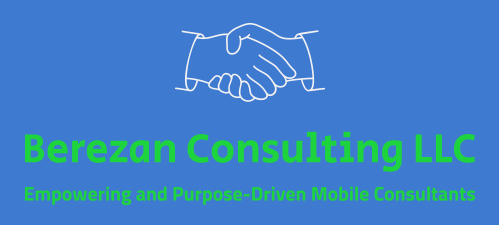Hello, welcome to Berezan Consulting, LLC!
We strive to help people in our community and beyond achieve financial independence. We believe this can be achieved in part by autonomy through self-employment, but also through improving tax literacy. Using our resources and skills, we are committed to our goal of empowering others with skills that afford them a way of living within their means and encourage a sustainable economic model for their families, our communities, and nation.
Connect with us or request an appointment today! We look forward to working with you.

The only person you are destined to become is the person you decide to be. ~ Ralph Waldo Emerson